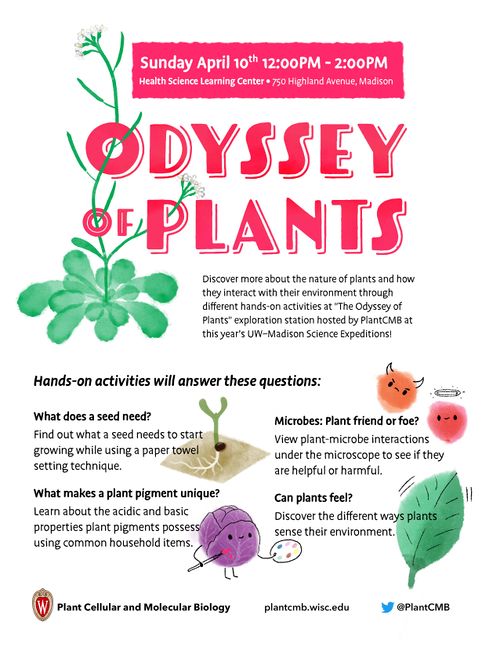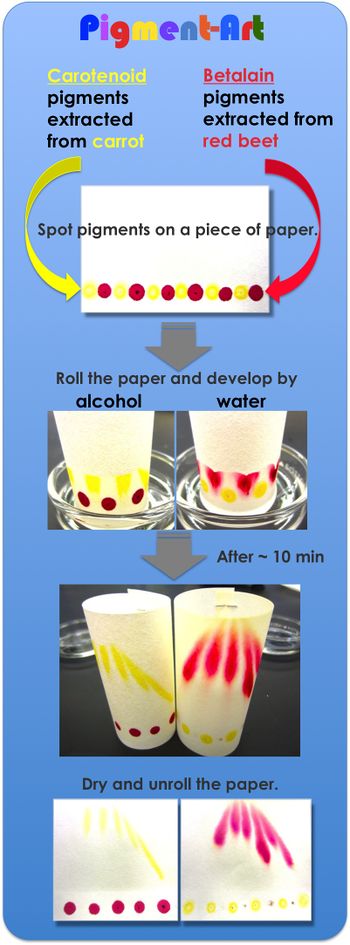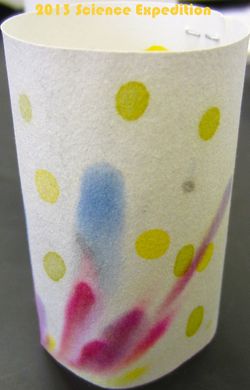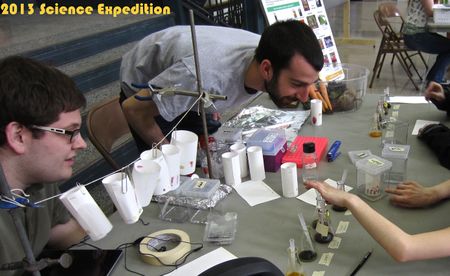Difference between revisions of "Maeda Lab:Outreach"
| Line 18: | Line 18: | ||
<h3><font>Huegel Elementary Science Night - April 19, 2022</font></h3> | <h3><font>Huegel Elementary Science Night - April 19, 2022</font></h3> | ||
Welcome to the submission page for the '''plant growth and pigment challenge'''! | Welcome to the submission page for the '''plant growth and pigment challenge'''! | ||
| − | *Please send us a photo of your flowers to Madelyn <schaut2@wisc.edu>. | + | *Please send us a photo of your flowers to Madelyn <[mailto:schaut2@wisc.edu schaut2@wisc.edu]>. |
*Also, tell us which flowers produce carotenoids, anthocyanins or betalains, if you found out! | *Also, tell us which flowers produce carotenoids, anthocyanins or betalains, if you found out! | ||
Revision as of 21:25, 14 April 2022
Huegel Elementary Science Night - April 19, 2022Welcome to the submission page for the plant growth and pigment challenge!
Thanks again for joining the virtual plant pigment event!
PlantCMB outreach at UW Science Expedition, April 10, 2022Multiple labs from the UW PlantCMB group participated the 2022 UW Science Expedition. We had a lot of fun interacting with many children and parents!
Maeda Lab OutreachIn plants, aromatic amino acids are used to make colorful pigments, such as anthocyanins and betalains. These pigments also have important nutritional and pharmacological value to humans. To help disseminate the broader impact of our plant metabolism research in general public, we have been presenting an outreach event called “Pigment-Art”. What is “Pigment-Art”?
When and where?
Who are involved?
If you have any questions regarding the event, please contact Hiroshi Maeda maeda2@wisc.edu. |





